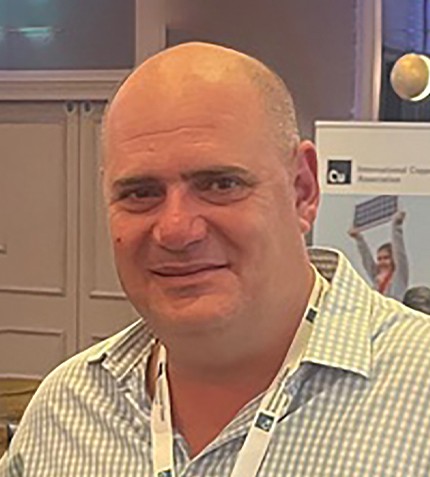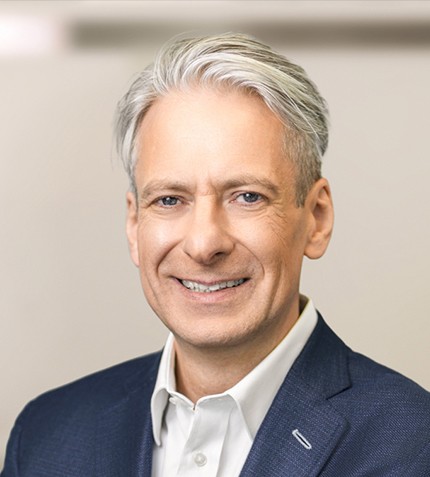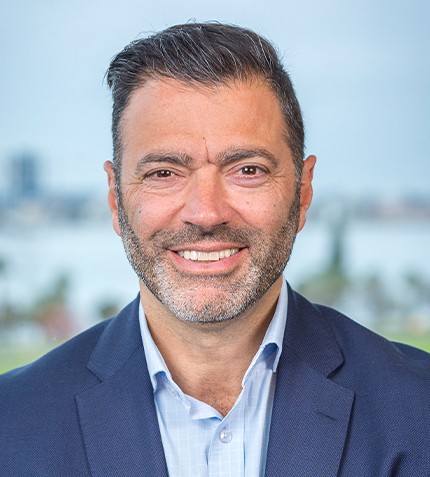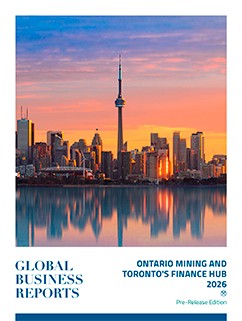
"The Asian offices, from Singapore to Shanghai to Seoul, provide the latest market insights to our global customers."
Zaidi Mohd
GENERAL MANAGER, ODFJELL TANKERS
Could you give our readers an overview of Odfjell Tankers’ business in Asia?
Celebrating 110 years in the market, Odfjell is a pioneer in chemical tankers. Our Singapore office was set up in 1975, and grew regionally in the late 1990s with small tankers, operating vessels between 8-12,000 t deadweight to respond to the growth of Asia markets, including our own transshipments. A few years back, we exited the small tanker market in Asia, shifting our focus towards the long-haul business. The smallest tanker in our fleet, 25,000 t, is typically trading in and out of Asia to the Middle East, the West Coast of India, and South America markets, while our bigger (30,000-49,000 t) ships typically trade long-hauls. With headquarters in Bergen and marketing offices in the US and Asia, we work around the clock, leveraging maximum efficiency and coordination. The Asian offices, from Singapore to Shanghai to Seoul, provide the latest market insights to our global customers. We actively provide market intelligence to identify emerging opportunities and stay ahead of industry market trends in our region to support our management in making informed decisions.
Odfjell saw record performance in the first quarter of this year. What is your outlook for the chemical tanker market in 2024-2026?
For the next two to three years, the chemical market will likely remain volatile due to inflation, high interest rates, wars in Ukraine and Palestine, the energy crisis in Europe, as well as the Red Sea situation and Panama Canal. This creates multiple layers of uncertainties, all of which affect trading routes. These inefficiencies also translate to increased competition, with tons-per-mile becoming longer, ship spaces tightening up, and round voyages taking up longer, especially for long haul voyages that have to avoid Suez and sail the longer route via the Cape instead. Pressured availability impacts chemical trades, offsetting the slowdown. In the longer run, supply is poised to remain modest, with limited new-build vessel deliveries, particularly in the chemical specialties segment. Despite this, competition for our tonnage category is relatively healthy today, so we remain optimistic for 2024 to 2026, particularly in our core deep-sea segment.
How is Odfjell approaching decarbonization?
I am very proud to say Odfjell has been one of the pioneers in decarbonization of our owned fleet, having worked on reducing emissions for over a decade now. However, rather than investing in one technology, we prefer to stay fuel-agnostic. It is still unclear what the fuels of the future will pan out to be and we cannot jump on the newest trend or speculate.
In parallel with researching and testing novel technologies, we have concentrated our efforts on improvements we can make on the current ships by testing different air lubrication systems or installing suction sails to reduce emissions, as well as looking at vessel life extension programs. Chemical tankers have a lifespan of 15-20 years, but you will see many of Odfjell’s tankers that are 15 to 20 years old look like new, because of the attention we pay to high standards of maintenance. It is not just about building low-carbon emission ships and scrapping old ones for the sake of it, but also about making existing ships more low-carbon and longer-living. There is so much one can do on the current vessels.
Odfjell won “Tanker of the Year” by ShipTek International. What do you think distinguishes Odfjell Tankers the most as a partner of choice for the energy and chemical industry and do you have a final message?
Odfjell has been recognized by our customers for the strong safety record in our history and our sophisticated fleet, but also for making real progress on the decarbonization front, progress that we back with tangible initiatives and results.
Odfjell remains focused on the specialty chemical market. Everyone can see China is shifting into an export market, and longer-haul international voyages also mean higher GHG, which calls for the urgency to act together as an industry to abate emissions. Finally, politics and policies are key factors impacting the market, from the new EU Chemical Industry Act to the IRA in the US, but also the US Elections late this year, which will have a detrimental impact on geopolitics, including relations with Russia and Israel.










